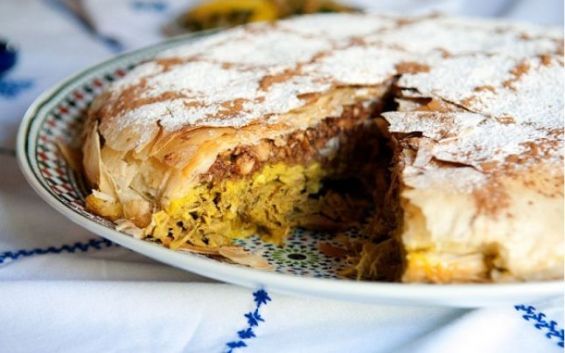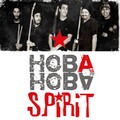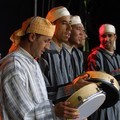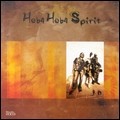The Moroccan cuisine is a mystery box with many things to say about the country’s history and the many cultural influences that changed Moroccans’ eating habits. Anny Gaul, an American cultural historian of gender and food in the Arabic speaking world, has successfully tried in the last couple of years to decipher some of the Moroccan cuisine’s secret codes and track the origins of some of its most iconic dishes.
To her, the pillars of the North African Kingdom’s food have changed and evolved with the many events that took place since the Middle Ages and throughout the Muslim conquest of Hispania and the fall of Al Andalus. Interviewed by Yabiladi, the researcher addresses these influences, changes and their origin.
What are the origins of Morocco’s most iconic dishes?
When I was doing research in Morocco, I started by asking Moroccans about their understanding of their cuisine and the first thing they often refer to is Al Andalus. The latter is a very important source of origin and I completely agree.
In my work, I have a couple of lines of research and one of them is that I try to trace exactly how different foods might have come from Al Andalus into Morocco and to understand the historical details of that relationship.
Then, I also try to understand how the Andalusi cuisine evolved once it arrived in Morocco. After the 16th century, so many Jewish and Muslim families came from what is now Spain into Morocco and they settled in cities, bringing with them dishes they used to cook in Al Andalus. But there were many other factors influencing Moroccan culinary history, too, after that time.
 Anny Gaul. / DR
Anny Gaul. / DR
Do you have examples of these influences from Al Andalus?
If you look at the written records and recipes we have from Al Andalus, you find that there were dishes that are very similar to Bastilla. There are a couple of things that suggest that it is of Andalusian origin, in particular the combination of ingredients and spices.
However, the Andalusian roots are not enough to explain everything about the history of the dish. The way that the pigeon, eggs, herbs and the spices are cooked today is the same as the way it was made in Al Andalus, according to the recipes we have. Nevertheless, the way it is wrapped in werqa was very likely added later. We do not have a record of that kind of very thin pastry called werqa being used in Al Andalus and so I think it probably came later.
The really difficult thing about researching this is that so much of food history is not written down or recorded. The women who were making these foods did not need to write the recipes because they thought of them as knowledge in their bodies, hands, and minds that they transmitted to younger generations. Many of the expert cooks in Moroccan history may not have been able to read or write, so we might have the names of the dishes they cooked, which were often recorded by others, but not the exact recipes or ingredients.
In the work that I have done, I see Tetouan as a really interesting case because the city is almost entirely founded by those coming from Al Andalus, so the cuisine there and its origin is definitely Andalusi.
What about other influences?
Some historians and scholars, namely Idriss Bouhlila and Toumader Khatib,h suggested that Ottoman cuisine influenced the food in Tetouan. Although the Ottoman Empire did not influence what Moroccans ate in the rest of the country as much, their specialties in food reached Tetouan. The example I have here is the Bastilla’s werqa, which is very similar to pastry used in Baklava and a couple of other Turkish sweets.
There is also Ghriba, which can be found in Egypt and Lebanon and this is something that likely traveled with the Islamic empire, which made it to Al Andalus and then to Morocco and it stayed the same over many centuries.

I also have the example of Trid, which is another dish that was brought to Morocco with the Arab Islamic conquest. It is very similar to a dish called Tharid, which comes from the Arabian Peninsula.
It is said that Tharid is Prophet Mohammed’s favorite dish. It is a classic Bedouin dish composed of dry bread or slightly old bread and is covered with meat sauce. There are old recipes and references in poetry and literature about Tharid and how much the Prophet loved it.
If you look for dishes that have the same structure, you find it in many other places. In Jordan, the dish Mansaf, which is the national dish of the country, is the cousin of Tharid or Tarid, cooked in Morocco.
Apart from the Al Andalus influence, what did Moroccans eat and cook?
It is hard to trace that and other scholars who work on earlier periods or on rural culture might have more to say. But one thing that we do know is that there has always been a huge divide between urban cuisine and rural cuisine.
If we were to guess what we were eating in the countryside before the fall of Andalusia, it would be very much based on local geography, the things that were grown there and whatever animals people had. The cities, however, were very connected to trade networks and that influenced their food.

In one of your research papers, you mentioned that Moroccans and Egyptians used to eat common dishes…
I think that they used to have a lot more in common than they do now. There are a couple of examples that we can think of in terms of the everyday people. Fava beans (ful) have always been an important part of what people eat in both places.
There are versions of bissara in both Egypt and in Morocco.I think that in the past there were probably many more simple dishes made out of ful or of similar beans. Ful became a kind of national dish in Egypt but bisara is not a national dish in Morocco in the same way.
Moreover, Moroccans in some way influenced the food of Egypt and Couscous is an example. And this is partly because of the pilgrimage route back in the medieval and early modern period when it took so long to get from Morocco to Mecca. People took a whole year or many months to travel and Moroccans would stop over in Egypt for a while.
How would you describe the changes that the Moroccan cuisine and Moroccan eating habits went through?
I think one big change that I have noticed when I was meeting and interviewing people is the introduction of restaurants. The practice became much more common and people are eating home less than before.
But Moroccans are very attached to their cuisine and today they still make those traditional dishes that they are proud of.
One thing that stayed the same is that Moroccan food is not just about the dish that is made but the fact that there is a ritual and tradition and a set of practices around it. It is often served in a larger communal dish and from what I have seen, Moroccans still serve food in the same traditional way.





 chargement...
chargement...













